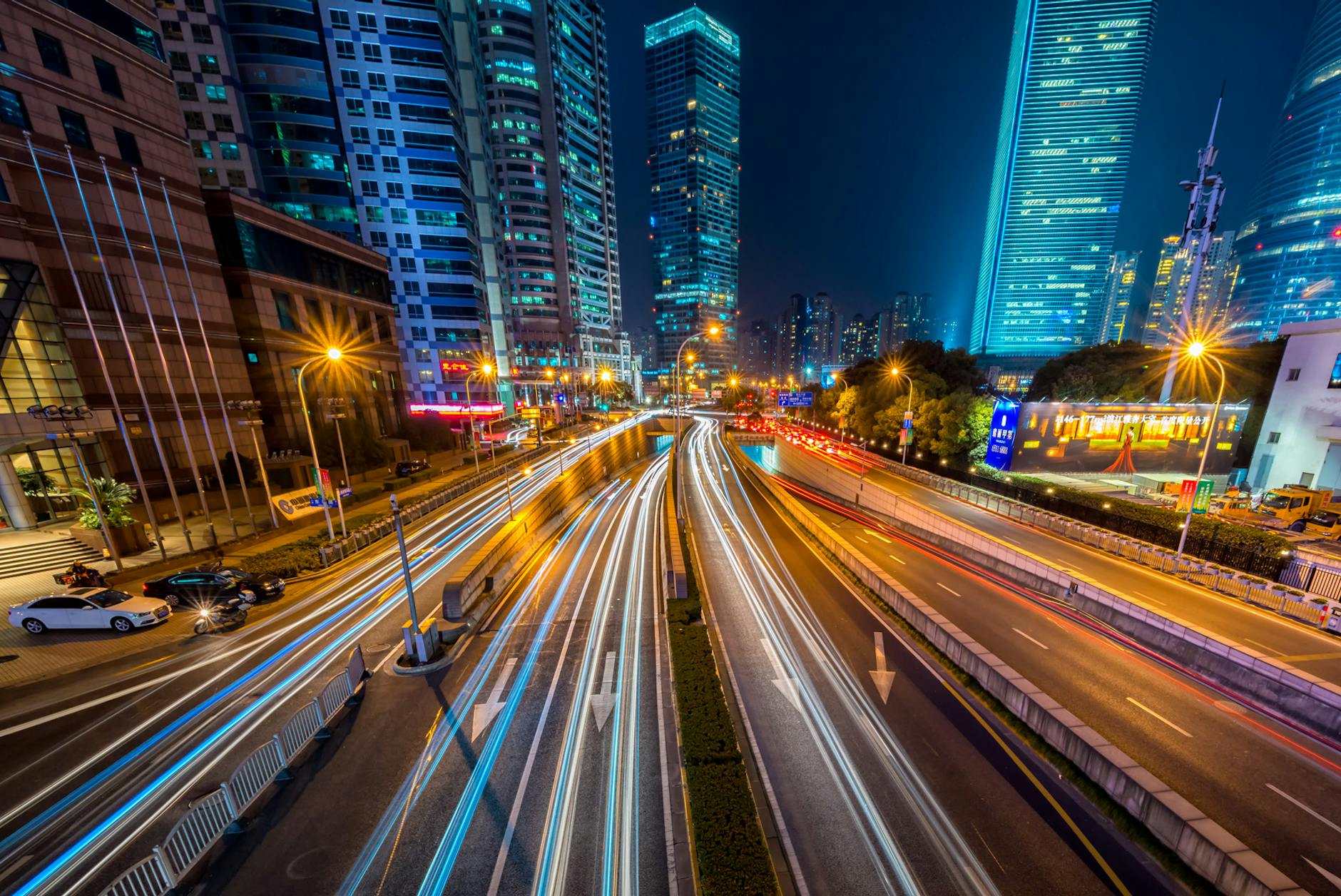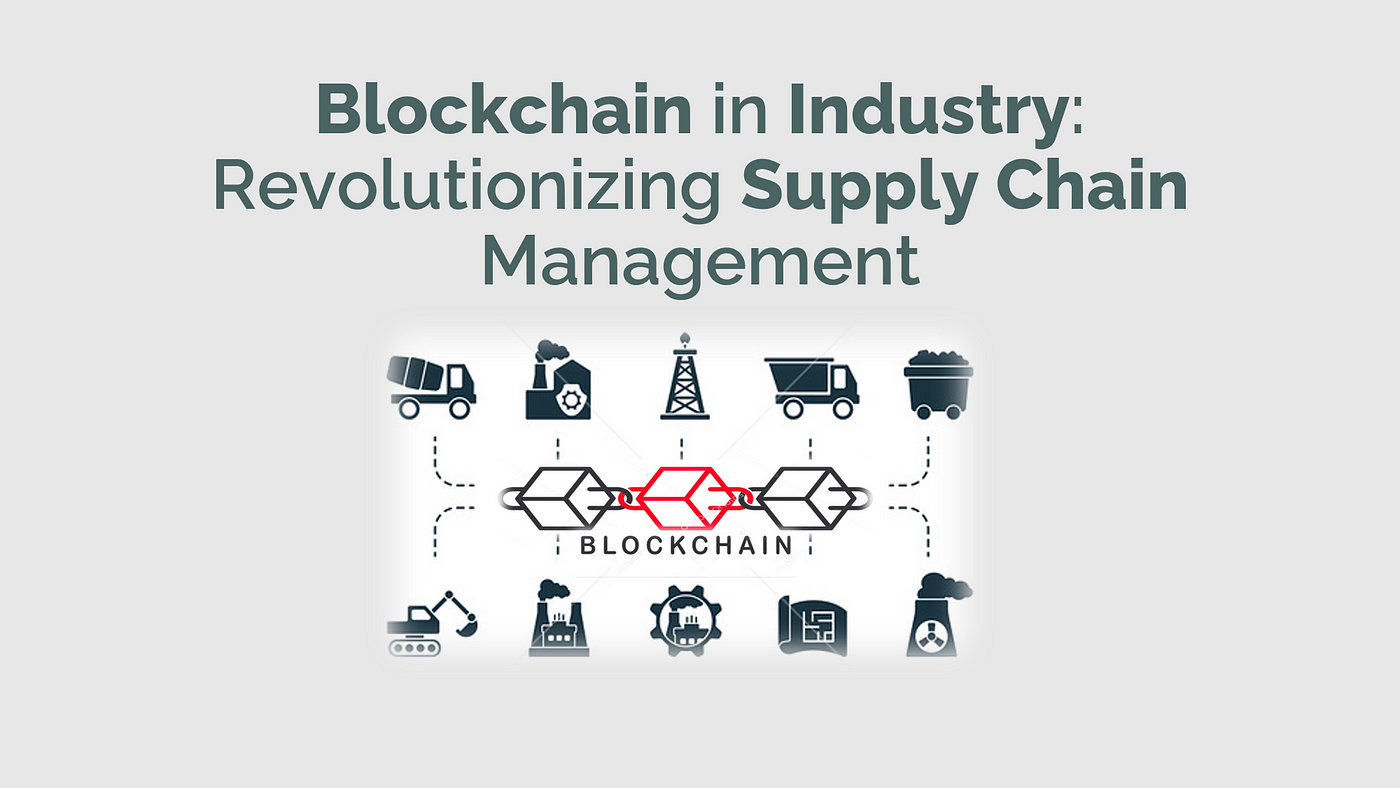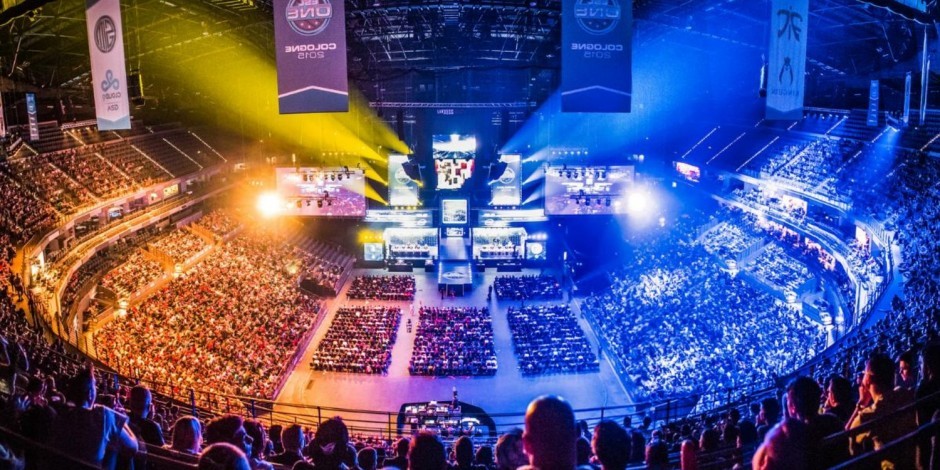The concept of smart cities has been gaining momentum, promising to transform our urban landscapes into efficient, sustainable, and livable spaces. But what exactly makes a city “smart”? And how will these innovations impact our daily lives? From cutting-edge technologies to economic implications, the rise of smart cities is a trend that’s reshaping our world—and it’s happening faster than you might think.
In this post, we’ll explore the fascinating world of smart urban development, delving into the key technologies driving this revolution, the challenges cities face in implementation, and the global initiatives leading the way. We’ll examine how smart infrastructure solutions are changing the game, the economic ripple effects of these advancements, and what the future holds for our increasingly connected urban environments. Buckle up as we embark on a journey through the cities of tomorrow! 🚀
Defining Smart Cities

Defining Smart Cities
Smart cities represent a revolutionary approach to urban development, leveraging cutting-edge technologies to enhance the quality of life for residents and improve overall efficiency. Let’s explore the key components, transformative power, and benefits of these innovative urban environments.
Key components of smart urban environments
Smart cities incorporate various interconnected elements to create a cohesive and efficient ecosystem:
-
IoT sensors and devices
-
Data analytics platforms
-
Intelligent transportation systems
-
Smart energy grids
-
Digital government services
| Component | Description | Example |
|---|---|---|
| IoT sensors | Collect real-time data on various urban aspects | Traffic flow sensors |
| Data analytics | Process and analyze data for informed decision-making | Predictive maintenance systems |
| Intelligent transportation | Optimize traffic flow and public transit | Adaptive traffic lights |
| Smart energy grids | Efficiently manage energy consumption | Smart meters |
| Digital government services | Streamline administrative processes | Online permit applications |
How technology transforms traditional cities
Technology acts as a catalyst in transforming conventional urban areas into smart cities. By integrating digital solutions, cities can:
-
Optimize resource allocation
-
Enhance urban planning and design
-
Improve emergency response times
-
Reduce environmental impact
-
Foster innovation and economic growth
Benefits for citizens and governments
Smart cities offer numerous advantages to both residents and administrators:
-
Enhanced quality of life through improved services
-
Increased sustainability and reduced carbon footprint
-
More efficient use of public resources
-
Greater transparency and citizen engagement
-
Economic growth and job creation
These benefits collectively contribute to creating more livable, sustainable, and prosperous urban environments. As we delve deeper into the world of smart cities, we’ll explore the key technologies driving this urban revolution.
Key Technologies Driving Smart Cities

Key Technologies Driving Smart Cities
As we delve deeper into the concept of smart cities, it’s crucial to understand the key technologies that are powering this urban revolution. These innovations are the backbone of smart city initiatives, enabling unprecedented levels of connectivity, efficiency, and sustainability.
Internet of Things (IoT) and sensors
IoT devices and sensors form the nervous system of smart cities. They collect vast amounts of real-time data on everything from traffic patterns to air quality. This network of interconnected devices enables:
-
Real-time monitoring of urban infrastructure
-
Efficient resource management
-
Enhanced public safety and emergency response
| IoT Application | Benefits |
|---|---|
| Smart traffic lights | Reduced congestion, lower emissions |
| Waste management sensors | Optimized collection routes, cleaner streets |
| Environmental monitors | Improved air and water quality control |
Artificial Intelligence and Big Data analytics
AI and big data analytics transform raw data into actionable insights, allowing city planners to:
-
Predict and prevent urban issues
-
Optimize city services
-
Enhance decision-making processes
5G networks and high-speed connectivity
5G technology is revolutionizing urban connectivity, providing:
-
Ultra-fast data transmission
-
Support for massive IoT device networks
-
Enhanced mobile experiences for citizens
Cloud computing and edge processing
These technologies work in tandem to:
-
Process and store vast amounts of urban data
-
Enable real-time data analysis and response
-
Improve the scalability and flexibility of smart city systems
With these technologies at the forefront, smart cities are poised to transform urban living. Next, we’ll explore how these innovations are applied to create smart infrastructure solutions that enhance city life.
Smart Infrastructure Solutions

Smart Infrastructure Solutions
Smart infrastructure forms the backbone of intelligent urban environments, revolutionizing how cities operate and serve their residents. Let’s explore key components of smart infrastructure that are shaping the cities of tomorrow.
Intelligent Transportation Systems
Intelligent Transportation Systems (ITS) leverage advanced technologies to enhance mobility and reduce congestion. These systems include:
-
Smart traffic lights that adjust timing based on real-time traffic flow
-
Connected vehicles that communicate with infrastructure and other vehicles
-
Real-time public transit information and route optimization
| ITS Component | Benefits |
|---|---|
| Smart traffic lights | Reduced congestion, shorter travel times |
| Connected vehicles | Improved safety, efficient routing |
| Real-time transit info | Enhanced user experience, increased ridership |
Energy-Efficient Buildings and Grids
Smart cities prioritize energy efficiency through innovative building designs and smart grid technologies:
-
Buildings with automated energy management systems
-
Smart meters for real-time energy consumption monitoring
-
Microgrids that integrate renewable energy sources
Smart Water Management
Efficient water management is crucial for sustainable urban development. Smart water solutions include:
-
Leak detection systems using IoT sensors
-
Automated water quality monitoring
-
Smart irrigation systems for public spaces
Waste Management Optimization
Smart waste management systems improve sanitation and reduce environmental impact:
-
IoT-enabled trash bins that notify when they need emptying
-
Automated waste sorting facilities
-
Route optimization for waste collection vehicles
Public Safety and Emergency Response
Smart cities enhance public safety through advanced technologies:
-
AI-powered surveillance systems for crime prevention
-
Emergency response systems with real-time data integration
-
Smart street lighting with built-in sensors for improved safety
These smart infrastructure solutions work together to create more efficient, sustainable, and livable urban environments. As we move forward, we’ll explore the economic impact of implementing these smart city technologies.
Economic Impact of Smart Cities

Economic Impact of Smart Cities
The rise of smart cities is not just transforming urban landscapes; it’s reshaping economies and creating new opportunities for growth and innovation. Let’s explore the significant economic impacts of smart cities.
Job Creation in Tech and Related Sectors
Smart cities are catalysts for job creation, particularly in the technology sector. As cities implement advanced systems and infrastructure, they require skilled professionals to develop, maintain, and improve these technologies. This demand extends beyond just IT roles:
-
Data analysts and scientists
-
IoT specialists
-
Cybersecurity experts
-
Urban planners with tech expertise
-
Sustainability consultants
Attracting Businesses and Investments
Smart cities act as magnets for businesses and investments, drawing in companies seeking to leverage advanced urban infrastructure:
| Attraction Factor | Impact on Business |
|---|---|
| Efficient infrastructure | Reduced operational costs |
| Tech-savvy workforce | Access to skilled talent |
| Innovation ecosystems | Collaborative opportunities |
| Quality of life | Easier employee retention |
These factors make smart cities prime locations for startups, tech giants, and forward-thinking corporations across various industries.
Cost Savings Through Resource Optimization
One of the most tangible economic benefits of smart cities is the significant cost savings achieved through resource optimization:
-
Smart energy grids reduce power consumption and costs
-
Intelligent traffic management systems decrease congestion and fuel waste
-
IoT-enabled waste management improves collection efficiency
-
Predictive maintenance of infrastructure prevents costly breakdowns
These optimizations not only save money but also contribute to more sustainable urban development, aligning economic growth with environmental stewardship.
As we’ve seen, the economic impact of smart cities is multi-faceted and far-reaching. Next, we’ll examine the challenges that cities face when implementing these transformative technologies.
Challenges in Implementing Smart Cities

Challenges in Implementing Smart Cities
While smart cities offer numerous benefits, their implementation is not without obstacles. Let’s explore the key challenges faced by urban planners and policymakers in realizing the smart city vision.
Data Privacy and Security Concerns
One of the most pressing issues in smart city development is ensuring the privacy and security of citizens’ data. As cities become more connected, they collect vast amounts of information, raising concerns about:
-
Data breaches
-
Unauthorized access
-
Misuse of personal information
Urban planners must prioritize robust cybersecurity measures and transparent data governance policies to address these concerns.
Digital Divide and Accessibility Issues
Smart city technologies risk exacerbating existing inequalities if not implemented thoughtfully. The digital divide presents a significant challenge, with potential issues including:
-
Limited access to smart devices
-
Lack of digital literacy
-
Uneven distribution of smart infrastructure
| Challenge | Impact | Potential Solution |
|---|---|---|
| Limited device access | Exclusion from smart services | Subsidized device programs |
| Digital illiteracy | Inability to use smart systems | Public education initiatives |
| Uneven infrastructure | Geographical disparities | Equitable deployment plans |
Integration of Legacy Systems
Many cities face the challenge of integrating new smart technologies with existing legacy systems. This integration process can be complex and costly, involving:
-
Upgrading outdated infrastructure
-
Ensuring compatibility between old and new systems
-
Minimizing disruptions to city services during transitions
Funding and Governance Models
Implementing smart city initiatives requires significant financial investment and effective governance structures. Challenges in this area include:
-
Securing long-term funding for projects
-
Developing public-private partnerships
-
Creating flexible governance models to adapt to rapidly evolving technologies
Addressing these challenges is crucial for the successful implementation of smart cities, ensuring that the benefits of urban technology are realized while minimizing potential drawbacks.
Global Examples of Smart City Initiatives

Global Examples of Smart City Initiatives
As we explore the practical applications of smart city concepts, let’s examine some notable global examples that showcase innovative urban solutions.
Singapore’s Smart Nation project
Singapore’s Smart Nation initiative stands out as a prime example of comprehensive smart city implementation. The city-state has leveraged technology to enhance:
-
Urban mobility
-
Healthcare services
-
Public safety
-
Environmental sustainability
One of Singapore’s key achievements is its integrated transport system, which utilizes real-time data to optimize traffic flow and reduce congestion.
Barcelona’s urban innovation
Barcelona has emerged as a leader in smart city innovation, focusing on:
-
Open data initiatives
-
Smart lighting systems
-
Waste management solutions
The city’s 22@Barcelona district serves as a living lab for urban technology, fostering collaboration between businesses, universities, and residents.
Amsterdam’s circular economy approach
Amsterdam’s smart city strategy uniquely emphasizes the circular economy concept. The city aims to:
-
Reduce waste
-
Promote resource efficiency
-
Encourage sustainable consumption
Amsterdam’s initiatives include smart grid projects and the development of energy-neutral buildings.
Seoul’s smart city transformation
Seoul has undergone a remarkable smart city transformation, implementing:
-
Advanced public transportation systems
-
E-government services
-
Smart energy management
The city’s “Digital Mayor’s Office” platform allows citizens to participate in urban decision-making processes actively.
| City | Key Focus Areas | Notable Initiatives |
|---|---|---|
| Singapore | Mobility, Healthcare, Safety | Integrated transport system |
| Barcelona | Open data, Urban services | 22@Barcelona district |
| Amsterdam | Circular economy, Energy | Smart grid projects |
| Seoul | Transportation, E-governance | Digital Mayor’s Office |
These global examples demonstrate the diverse approaches cities can take in implementing smart technologies to address urban challenges and improve quality of life for residents.
Future Trends in Smart Urban Development

Future Trends in Smart Urban Development
As we look ahead, the evolution of smart cities is poised to dramatically reshape urban living. Building on the foundations of current smart city initiatives, future trends are set to revolutionize how we design, manage, and experience our urban environments.
Citizen-centric Design and Participation
Smart cities of the future will prioritize citizen engagement like never before. Urban planners are increasingly adopting:
-
Participatory budgeting platforms
-
Real-time feedback systems
-
Community-driven project initiatives
This shift ensures that smart city development aligns closely with residents’ needs and preferences.
Sustainable and Resilient Urban Planning
Sustainability will be at the core of future smart city design. Key focus areas include:
-
Green infrastructure integration
-
Circular economy principles
-
Climate change adaptation strategies
| Sustainability Aspect | Implementation Examples |
|---|---|
| Energy Efficiency | Smart grids, renewable energy systems |
| Water Management | IoT-enabled leak detection, rainwater harvesting |
| Waste Reduction | AI-powered recycling, smart waste collection |
Integration of Autonomous Vehicles
The widespread adoption of autonomous vehicles will reshape urban mobility. Cities are preparing for this shift by:
-
Redesigning road infrastructure
-
Implementing V2X (Vehicle-to-Everything) communication systems
-
Developing smart traffic management solutions
These changes will not only improve transportation efficiency but also free up valuable urban space currently dedicated to parking.
AI-powered Urban Decision-making
Artificial Intelligence will play a crucial role in future urban governance. AI applications will include:
-
Predictive maintenance of infrastructure
-
Real-time resource allocation
-
Data-driven policy formulation
This integration of AI will enable cities to respond more dynamically to urban challenges and opportunities.
As these trends continue to evolve, they will undoubtedly shape the future of urban living, creating more efficient, sustainable, and livable cities for generations to come.

Smart cities represent a transformative approach to urban living, leveraging cutting-edge technologies to enhance efficiency, sustainability, and quality of life. From intelligent infrastructure to data-driven decision-making, these urban centers are reshaping how we interact with our environment and each other. While the economic benefits and improved services are clear, challenges such as data privacy and digital inclusion must be addressed to ensure equitable development.
As we look to the future, smart city initiatives will continue to evolve, incorporating emerging technologies and responding to the changing needs of urban populations. By embracing this innovative approach to urban planning and management, cities can create more resilient, sustainable, and livable spaces for their inhabitants. The success of smart cities ultimately depends on collaboration between governments, businesses, and citizens to harness the full potential of these technological advancements.




Your dedication and passion radiate in every section you write. It’s contagous!
I constantly look forward to your new and distinctive takes. It keeps me coming back for more.
That’s a great point about game variety! Seeing platforms like boss jili cater to Filipino players with options like slots & live casinos is awesome. Easy access via app & Gcash is a huge plus too! 👍